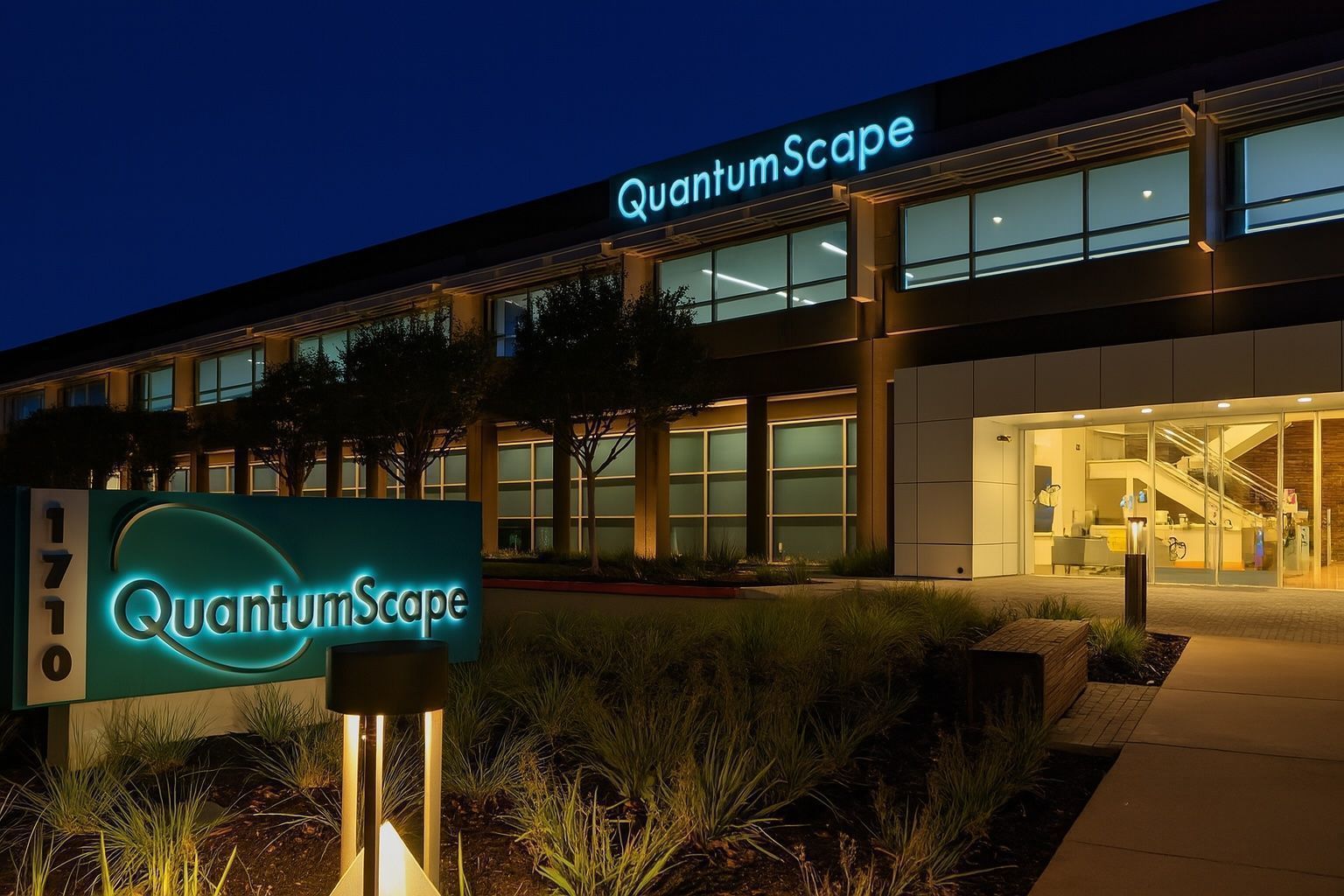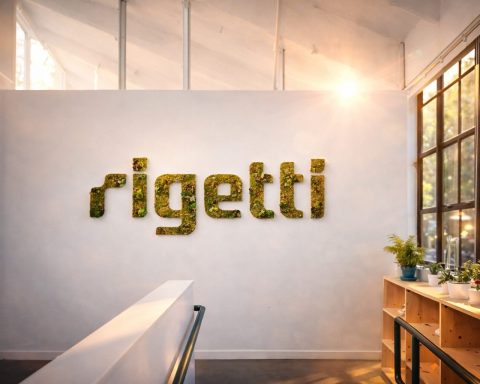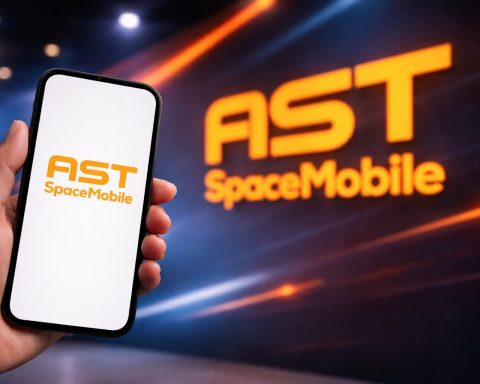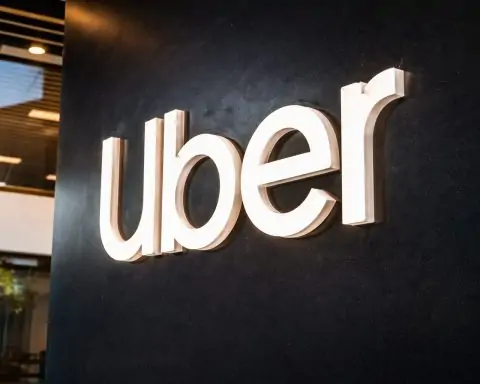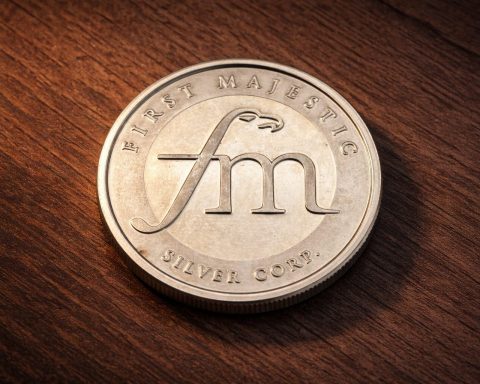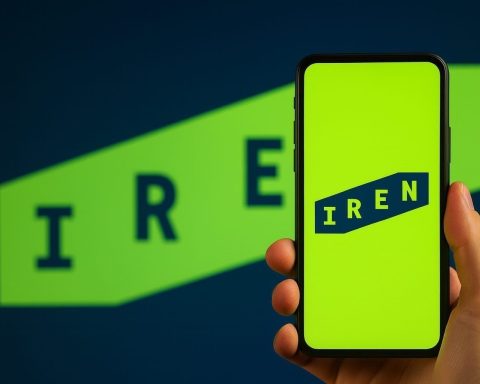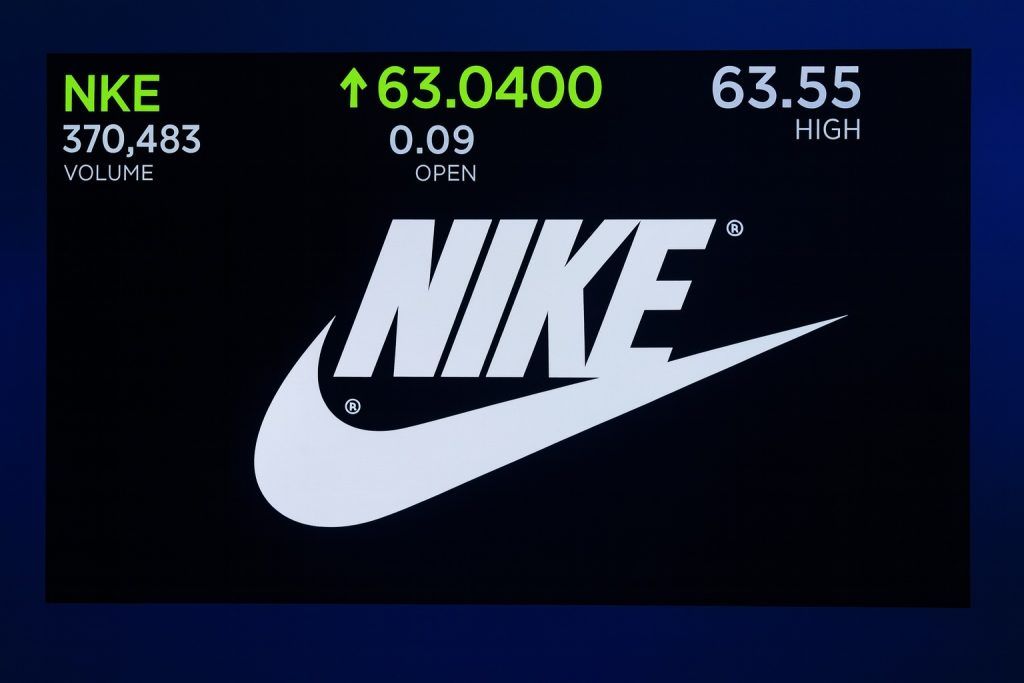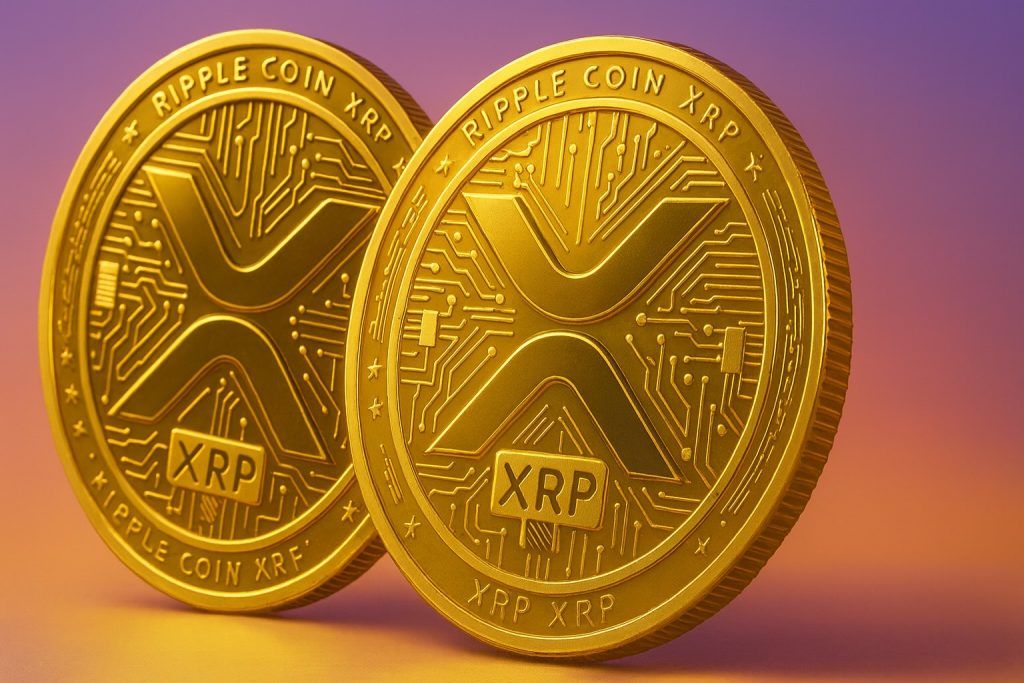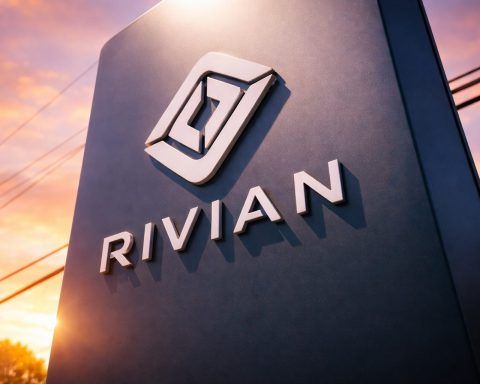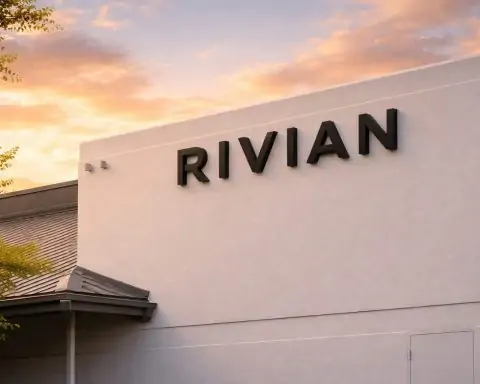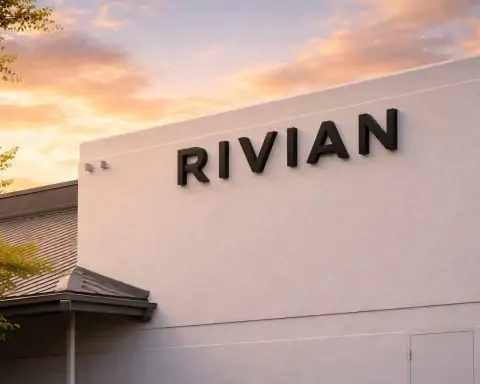- Oct 1, 2025 Stock Price: QS hit about $14.23 on Oct 1 (midday) – up +15.5% on the day (prev. close $12.32) [1]. It ultimately closed around $13.91, +12.9% [2].
- Trading Range: 52-week range $3.40 – $15.03 [3]; year-to-date gain ~+175% [4].
- Market Cap & Volume: Roughly $7.0–8.3 billion (Reuters reports ~$7.0B [5]; mid-day analysis ~$8.3B [6]). Volume spiked above 47M shares on Oct 1 (vs ~44M avg) [7].
- Cash Runway: ~$911M in liquidity (year-end 2024), giving runway into late 2028 [8].
- Technology: QS’s solid-state lithium-metal batteries (the QSE-5 series) claim exceptional energy density and fast charging. They use a proprietary “Cobra” separator process (integrated June 2025) and have shipped QSE-5 B-samples to partners [9] [10].
- Recent Partnerships: In late Sept 2025 QS struck a strategic deal with Corning to co-develop ceramic battery separators (announced Sep 30) [11]. This follows its ongoing collaboration with Volkswagen’s PowerCo (VW’s battery arm), which now includes up to $131M in new milestone payments [12].
- Demonstrations: In Sept 2025, QS/PowerCo powered a Ducati motorcycle with QSE-5 cells (first-ever live solid-state battery vehicle demo) [13]. This showcased ~844 Wh/L energy density and 10–12-minute fast charging using QS’s “Cobra” process separators [14] [15]. QS CEO Siva Sivaram hailed it as “crossing the threshold from possibility to reality” [16].
- Analyst Sentiment: Most analysts rate QS a Hold (1 Buy, 5 Hold, 3 Sell among 9 tracked) [17]. The average 12–24 month price target (~$6-$7) implies ~50% downside from current prices [18] [19]. For example, Robert W. Baird’s July note raised its neutral target to $11 [20], but Goldman Sachs’ target remains as low as $2.50 [21]. Consensus rating is “Hold” (13 analysts) [22]. Retail investors remain bullish, but insiders have recently sold ~3.8M shares (around $34M) [23].
- Upcoming Milestones: Q3 2025 earnings are due mid-late October. Q2 results (July 2025) showed a $0.20 loss (meeting expectations) on ~$36.7M revenue [24]. VW/PowerCo expects more QS cell deliveries under its expanded deal; QS plans higher-volume cell production equipment in late 2025.
Stock Performance and Recent Price Action
QuantumScape’s stock has been on a tear in 2025. It traded near $3.40 a year ago and hit its recent high of $15.03 [25]. On Oct 1, 2025 the stock opened around $12.30 and jumped as high as ~$14.63 intraday [26] [27]. By mid-morning trading it was ~$14.36 (about +16.6% on the day) [28], and it ultimately closed at $13.91 on heavy volume [29]. Reuters reports a mid-day price of $14.23 (a 15.5% gain) as of Oct 1 [30], reflecting this surge. For context, QS’s 52-week low was $3.40 and 52-week high $15.03 [31]. Year-to-date the stock has climbed roughly +175% [32].
Trading volume has been elevated, often in the tens of millions of shares. On Oct 1 alone, QS traded over 47 million shares (vs. ~44M average) [33]. The stock remains highly volatile – for example in early Sept 2025 it briefly surged after positive tech news. Overall, 2025 has seen huge swings as investors debate the outlook for solid-state batteries.
Recent Company News & Announcements
Corning Partnership (Sept 30, 2025): The biggest headline into October was QS’s new agreement with Corning Inc. On Sept 30, QS announced it will “jointly develop ceramic separator manufacturing capabilities” with Corning [34]. Ceramic separators are a key component in QS’s batteries. The goal is high-volume production of these advanced separators for commercial solid-state cells. QS CEO Siva Sivaram said, “Corning’s world-class capabilities in ceramics manufacturing make it an ideal addition to the QS technology ecosystem. Together…we’re building the foundation for scalable production of our high-performance solid-state batteries” [35]. The news was well-received by the market: QS stock jumped on the announcement (trading well above its prior close) as investors cheered another step toward commercialization [36] [37].
Volkswagen (PowerCo) Collaboration: Earlier in September, QS and VW’s PowerCo demonstrated QS batteries in a live vehicle. At the IAA Mobility show (Sept 2025) they showcased a Ducati motorcycle powered by a QS QSE-5 cell [38]. This was billed as “the world’s first live demonstration of QS solid-state lithium-metal batteries powering an electric vehicle” [39]. The bike – built by Audi specialists for QS – achieved ~844 Wh/L energy density and rapid 10–80% charging in ~12 minutes [40]. QS noted that it had integrated its in-house “Cobra” ceramic separator process into production by June 2025 [41], enabling these performance milestones. PowerCo CEO Frank Blome said “Solid-state batteries will redefine what’s possible for high-performance, premium vehicles, and today’s historic demonstration is just the beginning.” [42]. VW/PowerCo has also expanded its licensing deal with QS – including up to $131 million in milestone payments – to scale up cell production [43].
Other News: In late September and earlier, QS disclosed other operational moves. For example, it announced ending a large facility lease (saving ~$18.7M) and reaffirmed its focus on technology licensing [44]. QS’s mid-2025 results (Q2 earnings, late July) came in as expected: an EPS loss of $0.20 on $36.7M revenue [45], in line with analyst estimates. The company emphasized that it remains development-stage and not yet generating product revenue. Importantly, QS has about $911 million in cash (including a recent ATM program), giving it funds into at least the second half of 2028 [46]. This ample liquidity has reassured investors that QS can continue R&D despite its net losses.
Partnerships, Technology and Product Updates
QuantumScape is trying to build an ecosystem of manufacturing partners to bring its solid-state batteries to market. The Corning deal and VW ties reflect that strategy. Ceramatic separator technology (with Corning) and the Cobra separator process (in-house) aim to overcome production bottlenecks. The Corning partnership specifically targets high-volume production of ceramic separators for QS cells [47]. In tandem, VW/PowerCo not only funds QS (nearly $300M invested to date) but also licenses QS’s cell technology. QS reports that it has shipped QSE-5 B-sample cells to partners [48], which is a key technical milestone toward full-scale sampling.
The QSE-5 cell, QS’s latest design, uses a lithium-metal anode and a ceramic-polymer electrolyte. It is engineered for high energy density, faster charging, and enhanced safety over conventional lithium-ion. QS claims five key performance breakthroughs (energy density, charging speed, safety, lifespan, cost) [49], though independent validation remains to come. The Ducati demo and lab tests showed the promise: for instance, the QSE-5 cell demonstrated a remarkable 844 Wh/L and 10C discharge in tests [50]. CEO Sivaram described the Ducati showcase as proof of concept: “today we’ve crossed the threshold from possibility to reality” [51].
Beyond separators and cells, QS is developing its own manufacturing process (“Cobra”) to deposit ultra-thin ceramic layers. As of mid-2025, QS said Cobra was integrated into its baseline production [52], enabling small-scale high-speed output. The next steps are to scale that to pilot production and then gigawatt-scale factories. QS plans to ship more cell samples to partner OEMs in 2026 as the technology matures. Any new products (e.g. a commercial cell or battery pack) have not yet been announced – QS remains several years from revenue, per management’s guidance.
Analyst Forecasts and Market Sentiment
Wall Street analysts remain split between cautious and hopeful. The consensus rating is Hold/Neutral. As of Oct 2025 there are about a dozen active analysts: roughly one Buy, five Hold, and three Sell ratings [53]. The median price target is only ~$6–7 (some sources cite ~$5.9 to $6.15) [54] [55], well below recent trade levels. In July 2025, Baird lifted its target to $11 (Neutral rating) [56], but Goldman Sachs still has a sub-$3 target [57]. Overall the average target implies roughly 50% downside from the $14 area [58].
Market commentary highlights the disconnect: analysts cite technical uncertainty and lack of revenue, while investors focus on the vision. Bulls point to QS’s robust cash ($911M) and milestones like B-sample deliveries [59]. For example, one analysis noted QS’s extended runway and QSE-5 progress, arguing these set the stage for future returns. Bears counter that solid-state batteries are still unproven at scale and timelines could slip. Public.com’s summary (Oct 1, 2025) captured this divide: “Bulls say…QS has increased total liquidity to $911M…B-samples shipped, with meaningful revenues expected by 2027” [60], whereas “Bears say…risks include delays in scaling, slower adoption of solid-state vs. lithium-ion, and potential competing technologies” [61].
In recent trading, retail interest has been high (QS is often discussed on investment forums), but institutional sentiment remains cautious. Notably, insiders have sold shares: over 3.79 million QS shares were sold by insiders in the last quarter [62]. This has raised questions about management’s conviction in the current valuation. Nonetheless, some analysts acknowledge QS’s long-term potential in a booming EV battery market – even if most advise waiting for more proof.
Broader EV Battery Industry Landscape
QuantumScape’s fortunes are tied to global EV battery trends and policy. The EV battery space is extremely competitive and rapidly evolving. Today’s EV market is still dominated by lithium-ion chemistries (nickel-rich NMC, LFP, etc.), with China controlling ~85% of global cell production and ~90% of key raw material processing [63]. As a U.S.-based innovator, QS stands in a position that many policymakers want to encourage: diversifying away from China and funding advanced battery research. For example, governments are pouring subsidies into domestic battery projects. In Japan, the government just announced $2.4 billion in subsidies to expand EV battery capacity by 50% (to ~120 GWh) [64]. Toyota (supported by this plan) will begin shipping solid-state batteries from late 2026 [65]. The EU and U.S. are also crafting incentives (U.S. tax credits now favor “domestic content” batteries, per the IRA).
Meanwhile, legacy automakers and start-ups worldwide are racing on alternative battery paths. Incumbent EV players (Tesla, GM, others) continue improving Li-ion (bigger cell formats, silicon anodes). Rivals like Toyota and BMW are pursuing their own solid-state developments (Toyota’s timeline is mid/late-2020s). Several other start-ups (e.g. Solid Power, SES, etc.) also target solid-state. For now, few have demonstrated large-scale viability. There is also interest in sodium-ion and other chemistries to reduce dependence on lithium and cobalt.
Regulatory changes add pressure and opportunity. Stricter emissions targets worldwide mean accelerating EV adoption (battery demand skyrocketing). At the same time, countries are tightening supply-chain rules: for instance, the U.S. and EU may restrict or tax imports of batteries lacking domestic materials. Newsweek notes that the EV transition is as much about strategic industry leadership as clean energy [66]. Any breakthroughs (or failures) in solid-state tech will shift that landscape.
In summary: As of Oct 1, 2025, QuantumScape sits at an inflection point. Its stock is volatile but surging on partnership news [67]. The company has shown technical progress (Cobra separators, Ducati demo) and solid funding [68]. However, it remains unprofitable and far from commercialization, and most analysts think the stock is overpriced given the risks [69]. The broad EV battery race is heating up, with governments and automakers heavily investing in next-gen batteries. QuantumScape’s advances (and its new partnerships with Corning and VW) are significant milestones in that race [70] [71] – but it will likely be years before their impact is fully realized.
Sources: Official press releases and filings [72] [73] [74]; Reuters market data [75] [76] [77]; industry news (The Tokenist, MarketBeat, Electrek, etc.) [78] [79] [80]; analyst reports and forecasts [81] [82]. The information reflects data and announcements up to Oct 1, 2025.
References
1. www.reuters.com, 2. www.marketbeat.com, 3. www.reuters.com, 4. tokenist.com, 5. www.reuters.com, 6. tokenist.com, 7. tokenist.com, 8. public.com, 9. public.com, 10. tokenist.com, 11. www.quantumscape.com, 12. ir.quantumscape.com, 13. ir.quantumscape.com, 14. ir.quantumscape.com, 15. ir.quantumscape.com, 16. ir.quantumscape.com, 17. tickernerd.com, 18. tickernerd.com, 19. www.marketbeat.com, 20. www.marketbeat.com, 21. tickernerd.com, 22. public.com, 23. www.marketbeat.com, 24. www.marketbeat.com, 25. www.reuters.com, 26. tokenist.com, 27. tokenist.com, 28. tokenist.com, 29. www.marketbeat.com, 30. www.reuters.com, 31. www.reuters.com, 32. tokenist.com, 33. tokenist.com, 34. www.quantumscape.com, 35. www.quantumscape.com, 36. tokenist.com, 37. www.marketbeat.com, 38. ir.quantumscape.com, 39. ir.quantumscape.com, 40. ir.quantumscape.com, 41. ir.quantumscape.com, 42. ir.quantumscape.com, 43. ir.quantumscape.com, 44. www.inkl.com, 45. www.marketbeat.com, 46. public.com, 47. www.quantumscape.com, 48. public.com, 49. ir.quantumscape.com, 50. ir.quantumscape.com, 51. ir.quantumscape.com, 52. ir.quantumscape.com, 53. tickernerd.com, 54. tickernerd.com, 55. www.marketbeat.com, 56. www.marketbeat.com, 57. tickernerd.com, 58. tickernerd.com, 59. public.com, 60. public.com, 61. public.com, 62. www.marketbeat.com, 63. www.reuters.com, 64. www.reuters.com, 65. www.reuters.com, 66. www.newsweek.com, 67. tokenist.com, 68. public.com, 69. tickernerd.com, 70. www.quantumscape.com, 71. ir.quantumscape.com, 72. www.quantumscape.com, 73. ir.quantumscape.com, 74. www.marketbeat.com, 75. www.reuters.com, 76. www.reuters.com, 77. www.reuters.com, 78. tokenist.com, 79. www.marketbeat.com, 80. electrek.co, 81. tickernerd.com, 82. public.com
